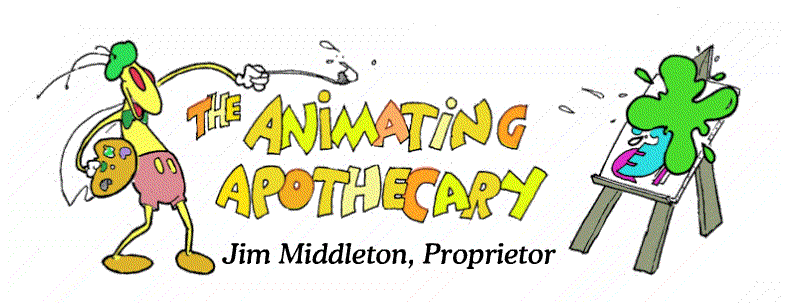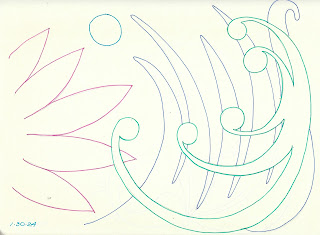(may include duplicates from earlier posting - trying to "close the books" at the ol' apothecary studios)
 |
| Failed costume design |
 |
| Testing new brand of sketch pens |
 |
| This just looks painful |
 |
| Mock Up for Dreamscape Project |
 |
| Study for Sfumato #4 |
 |
| Prototype for Analog Recording Telescope |
 |
| study for Sfumato #4 |
 |
| all sketches (c) 2024 Jim Middleton, The Animating Apothecary |











































